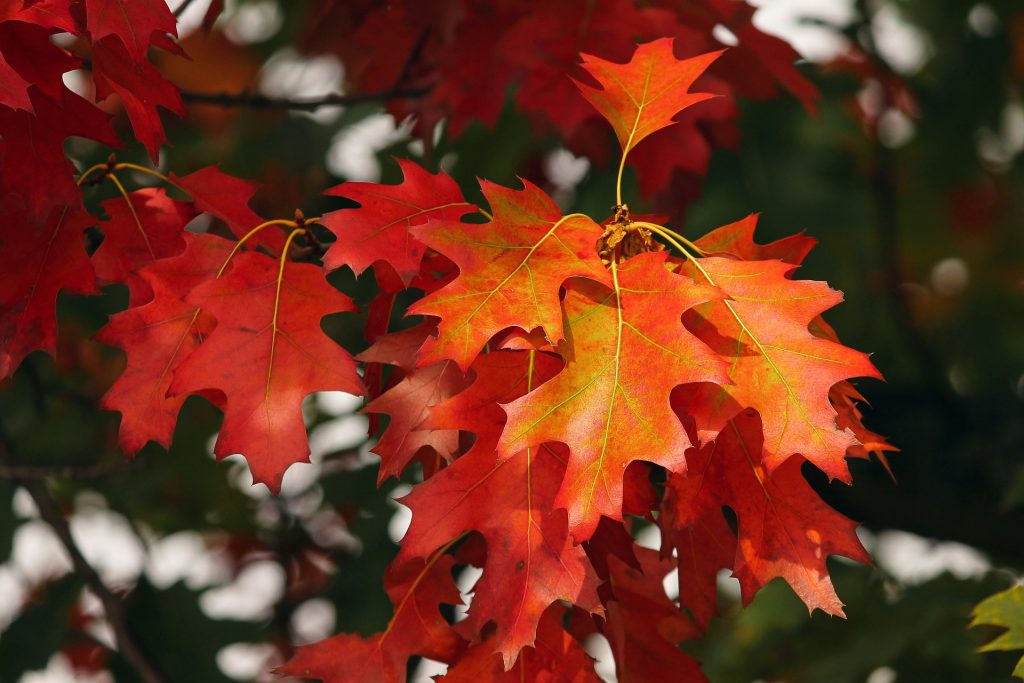The most common leaves shapes are ovate and cylindrical, rounded, round, lancate, ovular, and rounded. You can also have different leaf shapes and tips, with many names referring to their shapes. So what are the different leaf shapes? Different types of leaves include oval, triangular or heart-shaped.
Nature is full of spirals and circles. Other shapes are more common, however. Ovals, rectangles and hexagons are some of the most common shapes for leaves. These include squares and circles. Both architecture and nature use spirals and spiraling shapes.
Lobed leaves, as mentioned above are one of the less common forms of leaves. These leaves do not have a sharp pointy tip like other leaflets on a plant’s stem. Instead, the tip or oval shape of the lobe is used. For example, the leaves of water lilies (Puay Thailand) have rounded lobes. The leaves are used for eating, flushing water from the roots, pollinating flowers, and for nectar production during droughts.
Inflamed leaves, or annula, are lobed and have a pointy tip. These leaflets are not edible. Instead, they are used to support flowers. Inflamed leaves won’t fall off.
A petiole, or small blade, is a piece of stem that is flat. The blade is small and has a strong foundation. This type of leaves is used to shade plants during the day and to climb in the evening to keep warm.
Some of these petiole shapes are also called “apple” or “pomegranate,” depending on where they originate from. Different types of fruit trees can have different shapes depending on how close they are to each other. A blackberry is one type of apple tree leaf. It has a single blackberry leaf on each of its petiole blossoms. A pomegranate tree leaf, on the contrary, has a single flat edge that points in multiple directions.

There are many different types of leaves available, including pentagonal and triangular, round, rectangular, and circular. Most plants have one leaf, with two to three additional leaves. These extra leaflets are used for protection, food or seed. These extra leaves can change in form throughout the year, although some plants only grow one large-sized leaf at a given time. Leaves in a year may appear to be identical, but in reality each has its own set of chromosomes and growth requirements.
The shape of leaves also depends on the tree species they came from. Conifer stems can be cut with many of the finest pruning shears. Pruning is used in order to make these trees’ stems grow in a variety of directions. Some stems will grow straight upward while others will bend toward the sun. Each stem will also branch in a different direction. Hedge shears are preferred over shears for stem cutting. They will grow in different directions if they’re cut with a hedge cutter.
Maple trees have lobed leaves. Lobed leaves are generally wider at the base, and narrower towards the top. This leaf shape is known as a hybrid leaf. Hybrid leaves can be very desirable for certain applications.
The shapes of the leaf identification shapes include several others. A lobed leaf may look almost identical to a maple leaf but may have smaller lobes that look like a heart or another shape. A heart-shaped leaf is a cross between a maple leaf and a heart, and other shapes include a horseshoe, an oval, a sliver, and even a star.
The shapes of leaves and flowers are very important to botanists and farmers because they allow them to do research on how various species of plants and even animals behave. Botanists and ecologists can use the shapes of leaves from different species of trees to determine the best ways to control fire in specific areas or how to manage the population of a particular bird species. Even the best intentions can go horribly wrong if the species in need of the assistance doesn’t have the right information. These species will be able make the right decisions if they know the shapes and sizes of leaves.
The leaves are an important part of many plants and trees. This means that they are also important to us. Nature provides food, shelter, clothing, shelter, and shelter for people. Scientists study these plants and trees because they affect our lives in many ways. By studying the shapes of leaves, for example, they can help us better understand the process of photosynthesis, the basis of plant life on earth.